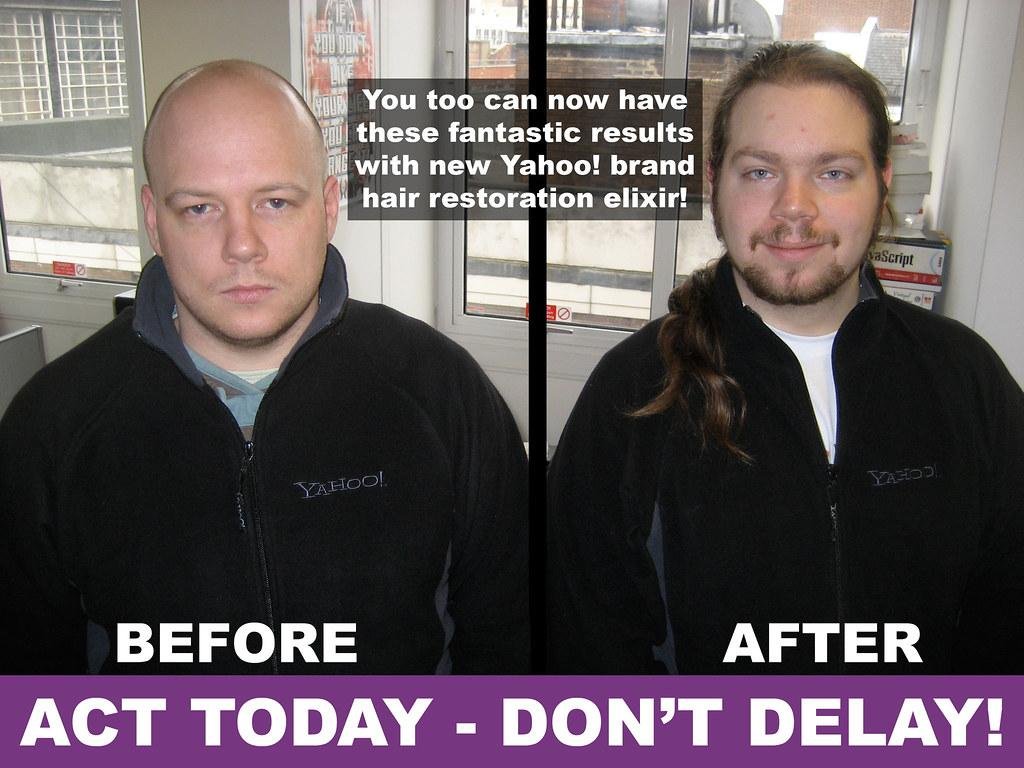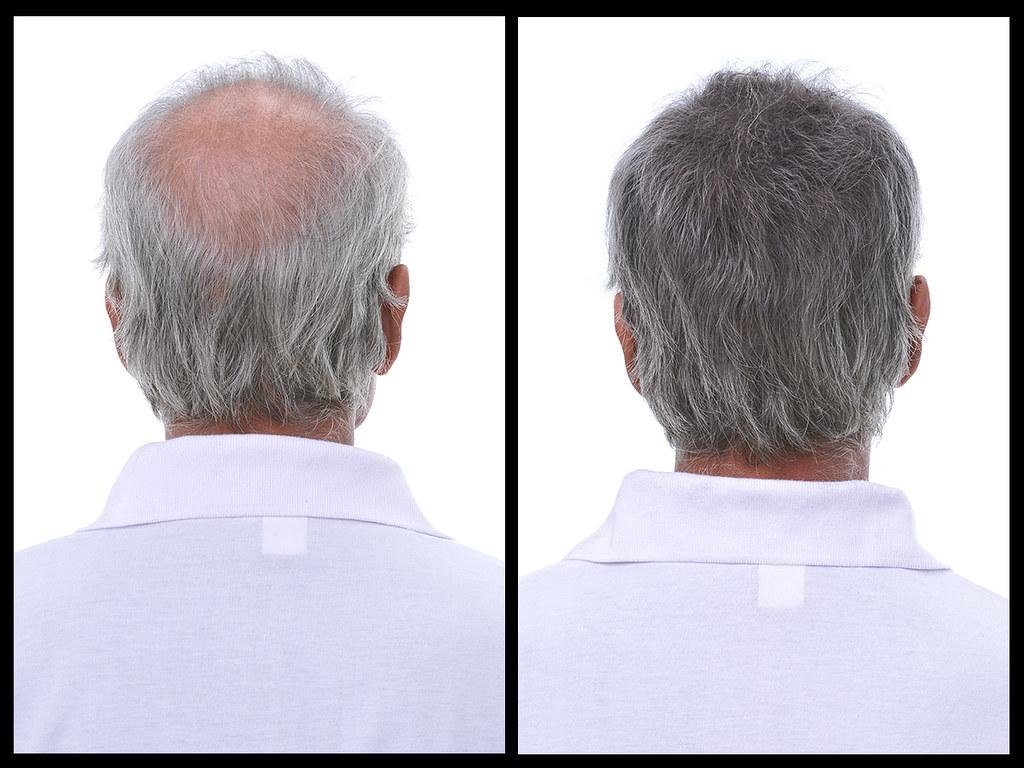Hair loss and baldness have long plagued individuals, impacting not only their appearance but also their self-esteem and confidence. Over the years, numerous solutions have emerged, ranging from wigs and hats to elaborate hairpieces. However, as technology advances, so does the world of hair restoration procedures. Today, modern hair restoration techniques offer individuals suffering from hair loss a glimmer of hope, providing more natural, permanent, and successful results than ever before. In this article, we explore the realities of modern hair restoration procedures, shedding light on the innovative techniques that have revolutionized the industry, and addressing the essential factors one must consider when embarking on the journey towards regaining a full head of hair.
The Evolution of Hair Restoration Technologies: Unveiling Advanced Solutions
Hair restoration technologies have come a long way, revolutionizing the ways in which we address hair loss. Gone are the days of relying solely on wigs and hats to conceal thinning hair or bald patches. Thanks to advanced solutions, individuals facing hair loss can now benefit from procedures that offer more permanent and natural-looking results.
Modern hair restoration procedures utilize cutting-edge techniques and technologies that have significantly improved over the years. One such solution is follicular unit extraction (FUE), where individual hair follicles are transplanted from the donor area to areas with thinning or no hair. FUE is a minimally invasive procedure that delivers virtually undetectable results, offering a permanent solution to hair loss.
- Micrografting: In this technique, small grafts containing a few hair follicles are transplanted to recreate natural hair growth. The result is a more natural-looking appearance.
- Robotic Hair Restoration: Utilizing robotic technology, this procedure ensures accuracy and precision during the hair transplant process. It allows for faster recovery and minimal scarring.
- Platelet-rich Plasma (PRP) therapy: This innovative treatment involves injecting a patient’s own plasma into the scalp to stimulate hair growth. PRP therapy is a non-surgical option that can be used alongside other hair restoration procedures.
These advancements in hair restoration technologies offer hope to individuals struggling with hair loss, giving them the opportunity to regain their confidence and improve their overall appearance. It’s essential to consult with a qualified hair restoration specialist to explore the most suitable option for each individual’s unique needs.

Exploring Non-Surgical Options: Choosing the Best Hair Restoration Procedure for You
When it comes to hair loss, many individuals immediately think of wigs and hats as the only solutions. However, modern hair restoration procedures have advanced to offer non-surgical options that can provide natural-looking results. If you’re considering hair restoration, it’s important to explore these alternative procedures to find the one that best suits your needs.
<p>One popular non-surgical option for hair restoration is Platelet-Rich Plasma (PRP) therapy. This innovative treatment involves drawing your own blood, separating the platelets, and injecting the concentrated plasma into the scalp. The growth factors in the plasma stimulate dormant hair follicles, promoting new hair growth.<br><br>
<strong>Benefits of PRP Therapy:</strong>
<ul>
<li>Non-invasive and virtually painless procedure.</li>
<li>No downtime, allowing you to resume your daily activities immediately.</li>
<li>Natural results, as PRP uses your own blood.</li>
<li>Cost-effective compared to surgical hair restoration procedures.</li>
</ul>
</p>
<p>Another effective option is Laser Therapy. This procedure uses low-level laser light to stimulate hair growth in the scalp. The lasers increase blood flow to the hair follicles, promoting a healthier environment for hair to grow. Laser therapy can be done at a medical clinic or even in the comfort of your own home with portable laser devices.<br><br>
<strong>Benefits of Laser Therapy:</strong>
<ul>
<li>Non-invasive and painless treatment.</li>
<li>No downtime, allowing you to continue your daily routine uninterrupted.</li>
<li>Safe and suitable for both men and women.</li>
<li>No known side effects.</li>
</ul>
</p>In conclusion, as we have delved into the world of modern hair restoration procedures, it becomes evident that they have evolved far beyond the simplistic concept of wigs and hats. With groundbreaking advancements in technology, individuals experiencing hair loss can now avail themselves of highly effective and long-lasting solutions. From hair transplant surgeries to non-invasive treatments like PRP therapy and laser therapy, the options available are vast. However, it is crucial to approach these procedures with realistic expectations, understanding that results may vary depending on individual circumstances. Consulting with a qualified professional is imperative to determine the most suitable approach for your specific needs. By embracing the realities of modern hair restoration, one can regain confidence and restore an integral part of their identity, ultimately leading to a more fulfilling and empowered life.
